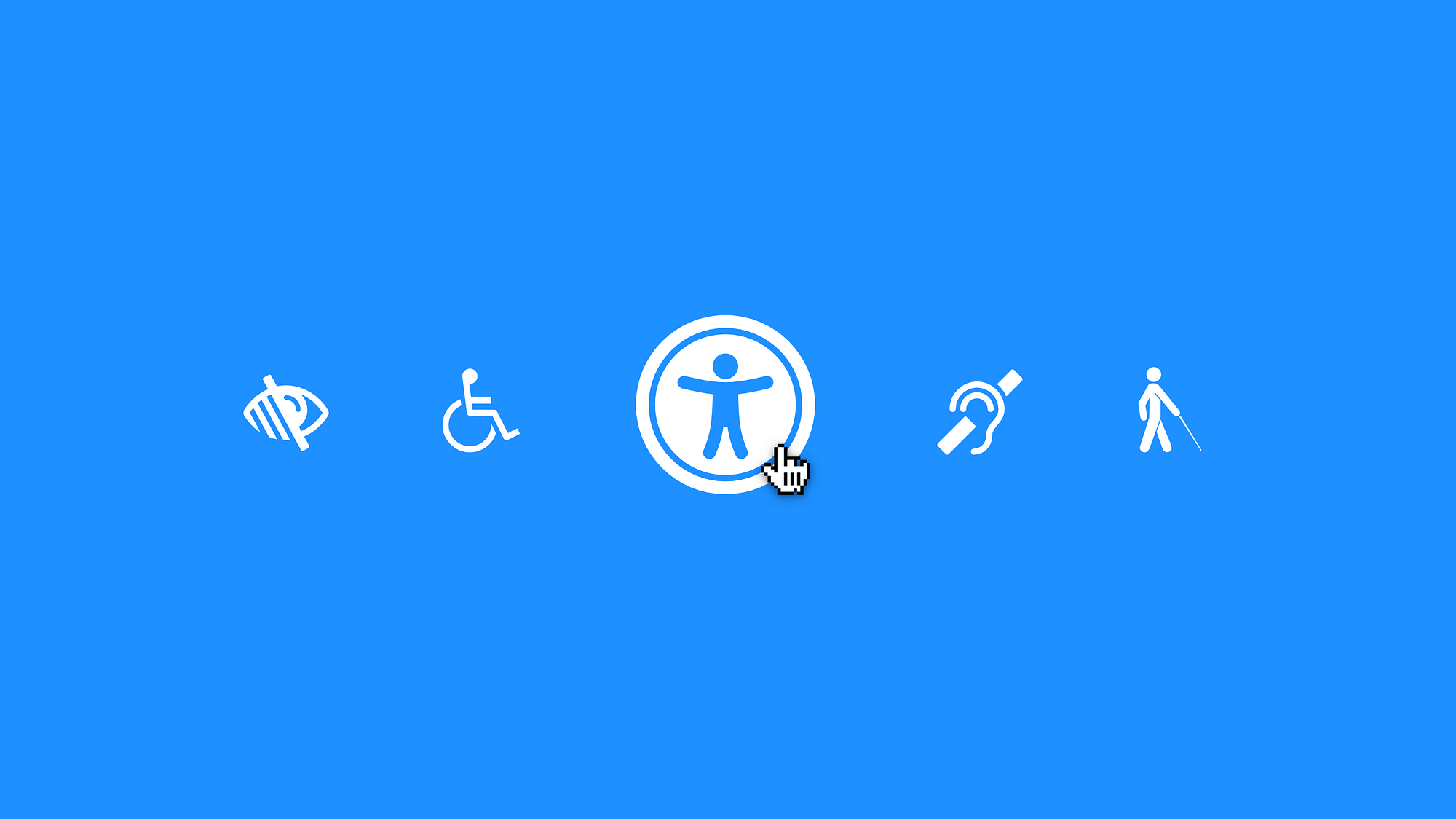News Blast: Your Daily Update
Stay informed with the latest news and trends.
Web Accessibility: The Secret Sauce for Inclusive Design
Unlock the secret to inclusive design! Discover how web accessibility transforms user experiences and expands your audience.
Understanding Web Accessibility: Key Principles for Inclusive Design
Web accessibility refers to the inclusive practice of ensuring that every individual, regardless of their abilities or disabilities, can effectively access and navigate the web. The importance of accessible design cannot be overstated, as it not only enhances user experience but also complies with legal requirements in many regions. By applying fundamental principles of accessibility, designers and developers can create websites that cater to a broader audience. These principles include perceivable content, operable user interface, understandable information, and robust functionality.
To achieve a truly inclusive design, it is essential to follow specific guidelines. Here are some key principles:
- Perceivable: Information must be presented in a way that users can perceive, regardless of their sensory abilities.
- Operable: Users should be able to interact with interface components effectively, using various input methods.
- Understandable: The content and operation of the interface should be clear and obvious for all users.
- Robust: The content should be compatible with a variety of user agents, including assistive technologies.

Why Web Accessibility Matters: Benefits for Users and Businesses
Web accessibility is essential as it ensures that all users, regardless of their abilities or disabilities, can access and interact with online content. This inclusive approach provides people with disabilities the opportunity to use the internet effectively, enjoying the same experiences as their peers. According to the World Health Organization, over a billion people live with some form of disability, meaning that businesses unnecessarily alienate a significant portion of their audience if they neglect accessibility considerations. By investing in web accessibility, organizations not only foster an inclusive environment but also enhance their brand image as socially responsible and customer-centered.
For businesses, prioritizing web accessibility entails numerous operational and financial benefits. Accessing a wider audience leads to increased traffic, engagement, and ultimately, conversions. Companies that embrace accessibility often enjoy improved search engine optimization (SEO) performance since many accessibility practices overlap with effective SEO strategies, such as using descriptive alt text for images and structuring content clearly. Furthermore, ensuring compliance with accessibility standards can help avoid potential legal challenges, making accessibility not just a moral imperative but a smart business strategy.
Common Misconceptions About Web Accessibility: Debunking Myths
Web accessibility is often misunderstood, leading to numerous common misconceptions that hinder inclusive design. One prevalent myth is that accessible websites are only necessary for people with disabilities. In reality, web accessibility benefits everyone, including seniors and individuals with temporary impairments. By making websites more usable for diverse users, we enhance the overall experience and reach a broader audience.
Another frequent belief is that achieving web accessibility is a cumbersome and costly process. While it's true that implementing accessibility features requires effort, it does not have to break the bank. Many accessibility practices can be integrated into the design phase, avoiding costly retrofits later. By prioritizing web accessibility from the start, organizations can save time, money, and improve user satisfaction.